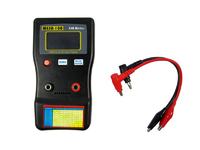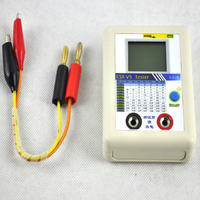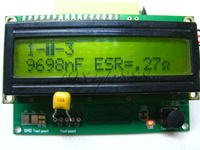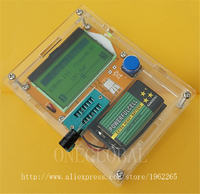harvie
Full Member level 1
I've heard that it's possible to detect faulty electrolytic capacitors using ESR-meter without desoldering them from circuit. Will this work only with old single-purpose analogue ESR meters? Or can i measure ESR in-circuit even with the new popular atmel-based multifunctional testers like LCR-T7?
These cheap devices are very very cool when it cames to detecting standalone components:
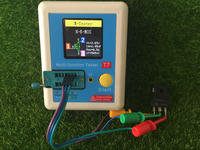
But i am not sure how well they perform on components placed in circuit... Do you have any experience with this?
These cheap devices are very very cool when it cames to detecting standalone components:

But i am not sure how well they perform on components placed in circuit... Do you have any experience with this?
